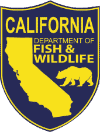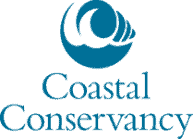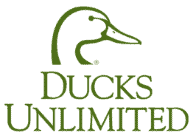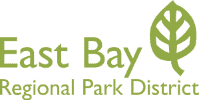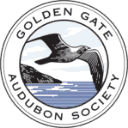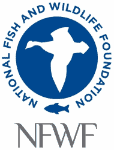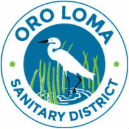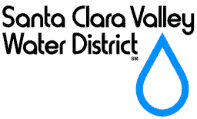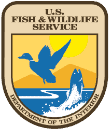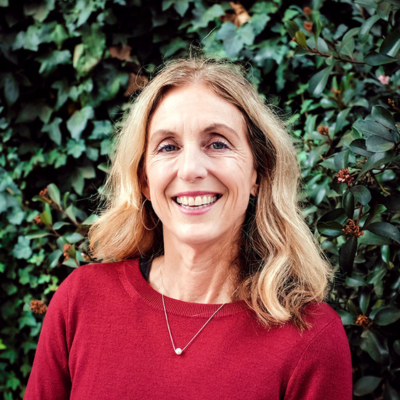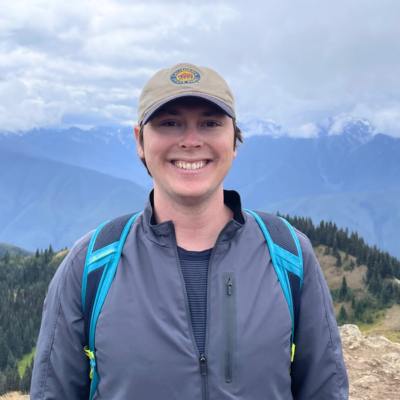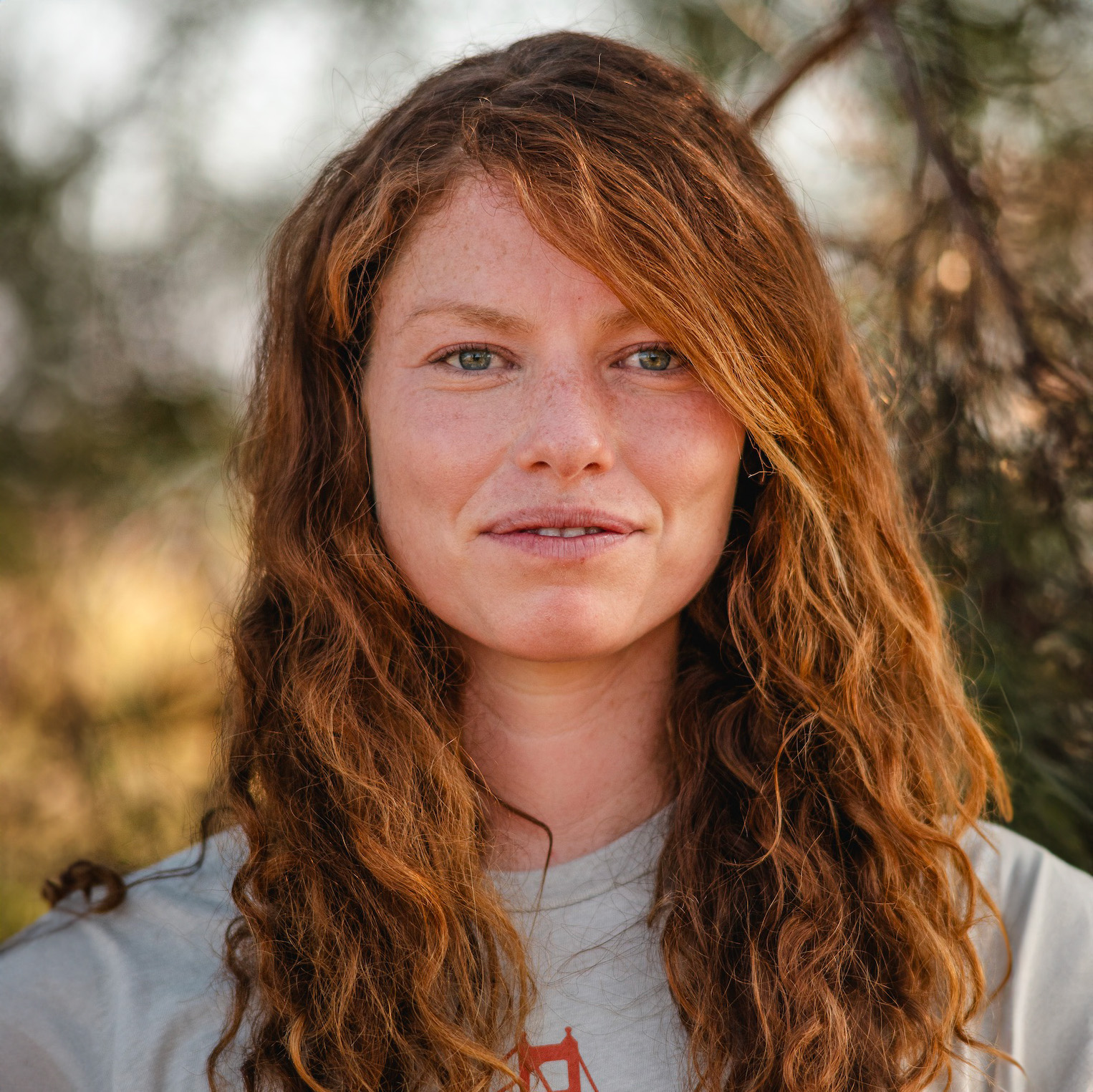Restore Our Wetlands
Implementing sound science to take on ambitious projects and restore habitat at a significant scale.
San Francisco Bay is the largest Pacific estuary in the Americas. Over the last 200 years, 90 percent of the Bay’s wetlands have been lost due to human activity. These vital ecosystems not only provide habitat for thousands of species, they also protect shoreline communities from sea level rise and help ensure our region is resilient in the face of climate change.
Save The Bay is a pioneer in the science and techniques of wetland restoration and growing native plants to create productive habitat. Working with partners across its 60-year history, Save The Bay has preserved and restored thousands of acres of wetlands and is working on some of the largest natural climate adaptation projects on the west coast. But there is so much more to do. Learn more about our work, and how you can get involved.
Restoration Progress at a Glance
Wetlands are a vital ecosystem. Scientists, and policymakers agree that San Francisco Bay needs 100,000 acres of tidal marsh to remain a healthy and thriving estuary. How close are we to this critical goal?
-
53,000 Acres
Current healthy tidal marsh
-
25,000 Acres
Protected shoreline awaiting restoration
-
22,000 Acres
To reach our restoration goal
Why Are Wetlands Important?
Wetlands are key to a healthy and resilient of San Francisco Bay. When tidal marshes thrive, people thrive too.
-
FIGHT CLIMATE CHANGE
Tidal marshes are an important natural system that captures and stores carbon from the atmosphere (up to five times more than tropical forests). -
PROTECT COMMUNITIES
Many Bay Area communities are below sea level. Wetlands act as sponges, slowing down and soaking up large quantities of water from storms, high tides, and sea level rise. -
PROVIDE HABITAT
Wetlands serve as foraging and breeding grounds. They provide food and shelter for hundreds of species, including many that are threatened and endangered. -
FILTER POLLUTION
Tidal marsh plants keep the Bay clean by trapping polluted runoff from cities before harmful toxins can reach open water.
-
ENCOURAGE RECREATION
Wetlands provide open space in our highly urbanized region and a vital place for residents to hike, birdwatch, bike, kayak, and more.
-
BOOST THE ECONOMY
California’s wetlands provide tremendous economic benefits to the state from tourism, fishing, and recreation.
Explore Our Restoration Sites
Save The Bay works with partners at sites throughout the Bay Area, including in Novato, Oakland, Hayward, Redwood City, Menlo Park and Palo Alto. We operate four native plant nursery facilities to support our work and in a typical year propagate and outplant approximately 35,000–100,000 plants. Our onsite division bed nurseries at the Ravenswood-West Bay Sanitary District and Bel Marin Keys provide the extra capacity to significantly scale up our propagation numbers and grow plants for large wetland restoration projects.
The Wetland Transition Zone
Our community-based restoration program focuses on the transition zone. This gently sloping habitat between the marsh and uplands is an integral component of a complete wetland system. Transition zones filter pollution, buffer communities from rising seas, and provide resources and refuge for a number of important species, including the federally endangered Ridgway’s rail and salt marsh harvest mouse. Despite its ecological importance, this zone has been degraded by human activity and reduced to a strip just a few feet wide in many areas.
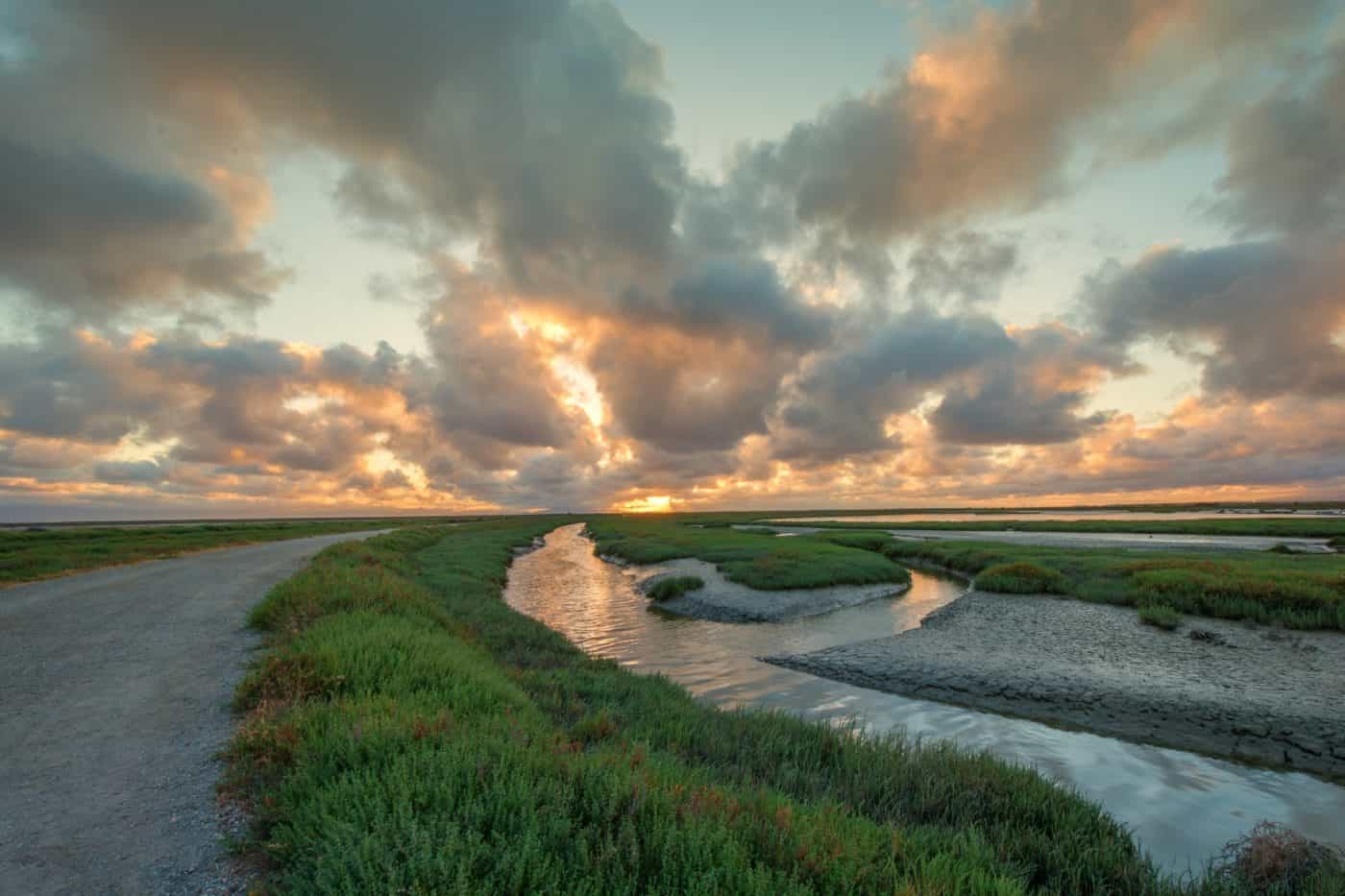
The Wetland Transition Zone
Our community-based restoration program focuses on the transition zone. This gently sloping habitat between the marsh and uplands is an integral component of a complete wetland system. Transition zones filter pollution, buffer communities from rising seas, and provide resources and refuge for a number of important species, including the federally endangered Ridgway’s rail and salt marsh harvest mouse. Despite its ecological importance, this zone has been degraded by human activity and reduced to a strip just a few feet wide in many areas.
Our Partners
Some of the many dedicated organizations and agencies restoring the Bay’s wetlands.

